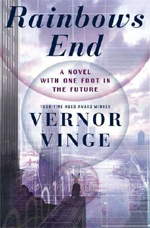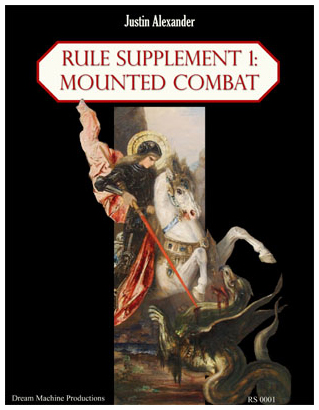This is a documentary that you should see. That everyone should see.
I’ve been concerned for years by the apparent over-prescription of mood-altering drugs in our modern society. Watching just the first five minutes of this documentary has raised that from a mild concern to a serious concern. We are living in a society where entire families live in a drug-induced fiction; where sadness is combatted as if it were an abnormal lesion upon the brain; and children who don’t behave like miniature adults are sedated until they become good little citizens.
And why is this happening? Because we’re lazy. Because society wants us to be sheep. And because the drug companies benefit by creating life-long customers of their drugs.
It is easy to simply blame the parents here. But, increasingly, we’re seeing schools and government organizations working hand-in-hand to force unwilling parents to put their “disorderly” children onto drugs. (Is it truly coincidental that the number of children supposedly suffering from ADD/ADHD suddenly shot through the roof just as schools were given more money based on the number of ADD/ADHD students they had?)
But what is truly disturbing is that this Ritalin obsession is that it’s masking the actual source of the problem, rather than correcting it: Precocious children are bored in school; the solution is not to drug them, but to challenge them. Children are suffering from allergic reactions or lead poisoning or PCB exposure; the solution is to treat the actual medical condition, not drug them into submission. Children are over-stimulated by television or hyperactive on excess sugar. The list goes on and on.
Is there an underlying condition of ADD/ADHD that some exceptionally small percentage of our society suffers from and which can be successfully treated with Ritalin and similar drugs? Yes.
Is there an underlying condition of chemically-induced depression that some exceptionally small percentage of our society suffers from and which can be successfully treated with anti-depressants? Yes.
But 10% of boys from age 6 to 12 are now taking psychotropic medication. We, as a society, are becoming as warped as 19th-century China with its opiates. Our behavior is being shaped by drugs instead of brains. And if we allow this trend to continue, we will destroy ourselves.













